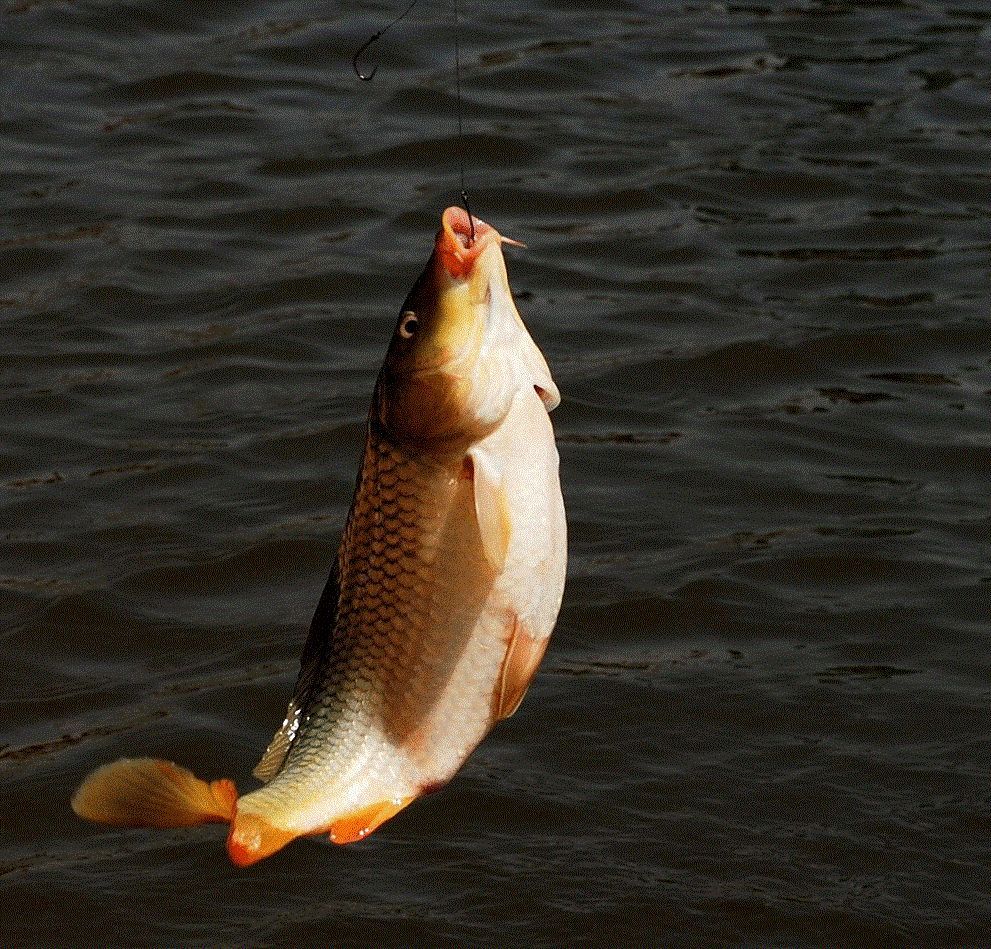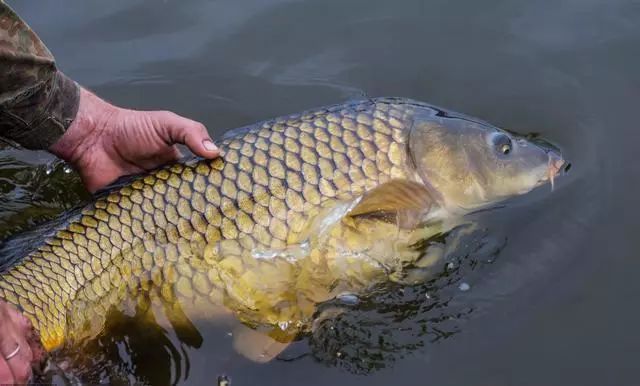carp is the most productive species of freshwater fish in my country, and it is also the preferred fish for fishing. Carp are bottom-dwelling omnivorous fish. It eats both meat and vegetables, and is mainly distributed in ditch ponds, reservoirs, lakes, and rivers. Carp like to live in the bottom of the water, because the aquatic plants are abundant and soft and comfortable, which is convenient for foraging. On calm mornings and evenings, they also go to the shallow waters of the shore. They prefer to live in waters that are darker and less transparent, and are more active on cloudy days than on sunny days.

A. Prepare bait.
1. Using pure granules, the granules can be soaked with beer and then kneaded with white flour; 1/2 of the granules can also be soaked with water, and the other 1/2 of the Dongjun carp material can be added with 2- 3 tablespoons of honey, plus white flour knead into homemade stuff. For example, soak the pellets the night before fishing, get up early in the morning, mix other bait (additives) together, and put them in plastic bags and seal them for later use.
2. Soak 1/3 of the pellets in water, add 1/3 of cornmeal, 1/3 of white flour, and some sugar to make a wowatou, steam it, cut it into small pieces after cooling, put it in a plastic bag and put it in the refrigerator to freeze It can be used for later use, or it can be sealed and stored after drying, and spray some white wine before use.
3. When fishing in Yehe Reservoir, in addition to the above bait, fresh corn kernels, earthworms and insects can also be used.
4. Use small pieces of bean cake and chewed tender corn to make nests, the effect is very good. When using bait, it can be used singly or in combination.

B. Fishing skills
1. Look for traces of carp. Carp are timid, alert, and vigilant. If you want to fish for carp, you must first find the traces of the carp. Carp love to dig mud, like to find food from the mud. If there are more than a dozen bubbles rising up at the same time, this is the hiding place of the carp.
2. Master the rules of foraging. Carp is a group of fish foraging for food. He rarely stays in one place for a long time, but swims forward while foraging. When he is full, he will swim to deep water to perch.
3. Fishing for carp must be guarded. According to the foraging habits of carp, the fishing method of waiting for the rabbit (bottom fishing) should be adopted. After choosing the fishing position, you must stick to it and wait patiently. After a period of time, you can lift the rod and change the bait. Especially when you find a fish star around the nest, you can’t lift the rod as often as fishing.
4. The rod should be straight and steady. Unlike other fish, carp are always cautious when they eat the bait. First, they put the bait in their mouth, try it, taste it, and then swallow it. Therefore, they swallow slowly and lightly, and they swim away after ingestion. At this time, when the float reacts, it sinks greatly (black float) or moves horizontally and obliquely, and the float tail gradually sinks into the water from high to low. At this time, the rod should be lifted in time.
5. Handling of fish after hooking. First, raise the hand pole, and quickly lead the fish away from the fishing point (so as not to scare away the fish in the nest), raise the water surface, and prevent the fish from struggling and fleeing in the water. If the fish is large, make the moving speed of the line slightly faster than the swimming speed of the fish when walking the fish, so that the fish follow the line, change the passive root fish as the active leading fish, control the direction of the fish, and wait for the fish to be walked. After getting tired, use the copy net to overtake it ashore.
6. Be timely. Carp are easily disturbed by the outside world and often swim to quiet waters to hide. If you encounter many people fishing, you should analyze and judge the situation in time, and you will be able to get better results if you don’t miss the opportunity to move to calm or far offshore waters for fishing.